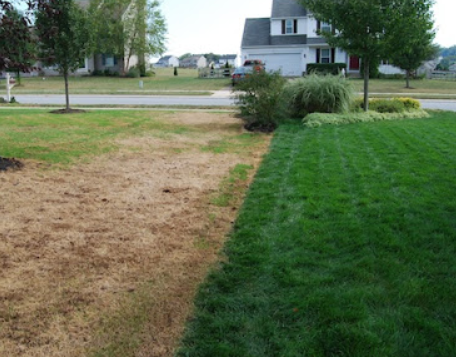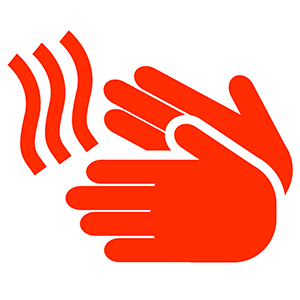 Through physical interventions, kill weeds. Some weeds can be selected quickly, such as broadleaf weeds. To pick the weeds from the ground, use a shovel, pull with your hands or use a tool such as a fishtail weeder.
Through physical interventions, kill weeds. Some weeds can be selected quickly, such as broadleaf weeds. To pick the weeds from the ground, use a shovel, pull with your hands or use a tool such as a fishtail weeder.Aerate the grass. The soil becomes more dense as individuals walk over the lawn. This deprives water, nutrients and oxygen from grass roots, which both delays the growth of grass and makes it more vulnerable to weeds. Using an aerator to create channels in rooting systems and extract small bits of dirt, also known as an aerifier. Choose between a hand-held version and a machine-driven version, depending upon your lawn size.
The lawn de-thatch. Organic matter may accumulate between turfgrass blades and the soil surface, such as stems and roots. While a small layer may help prevent weeds, the soil is deprived of water, nutrients and air by larger accumulations. Dethatch with a thatching rake or dethatcher if the layer is greater than 1/2 inch.
If other interventions have not been proved successful, use a lawn herbicide. The type of herbicide that you get depends on the type of grass and weeds you have. Then look for a selective herbicide such as 2, 4D for broadleaf plants and pendimethalin for crabgrass if you are trying to kill the weeds without damaging the turfgrass.
Topdress to provide nutrients, boost soil structure and reduce weeds with compost. You will improve the consistency of your soil and grass by applying a thin layer of compost by hand and then using a rake to spread it.
In thin and barren spots, he supervised the grass. After using herbicide, be sure to wait the correct amount of time or the seed will not take it. To maximize soil visibility, prepare the lawn first with a split seed machine. For the unique type of seed, spread the seed according to the instructions. To promote germination of seeds, water regularly but lightly.
When it has been renovated, take the appropriate steps to preserve your safe lawn. For your grass types, learn the exact mowing criteria. Mowing too little leaves the lawn susceptible to invasions of weeds. A stronger lawn is created by fertilizing four times a year with less than 1 pound of nitrogen per 1,000 square feet. Provide daily and even irrigation in order to encourage healthy root growth. Learn the exact watering specifications of your species of grass.













